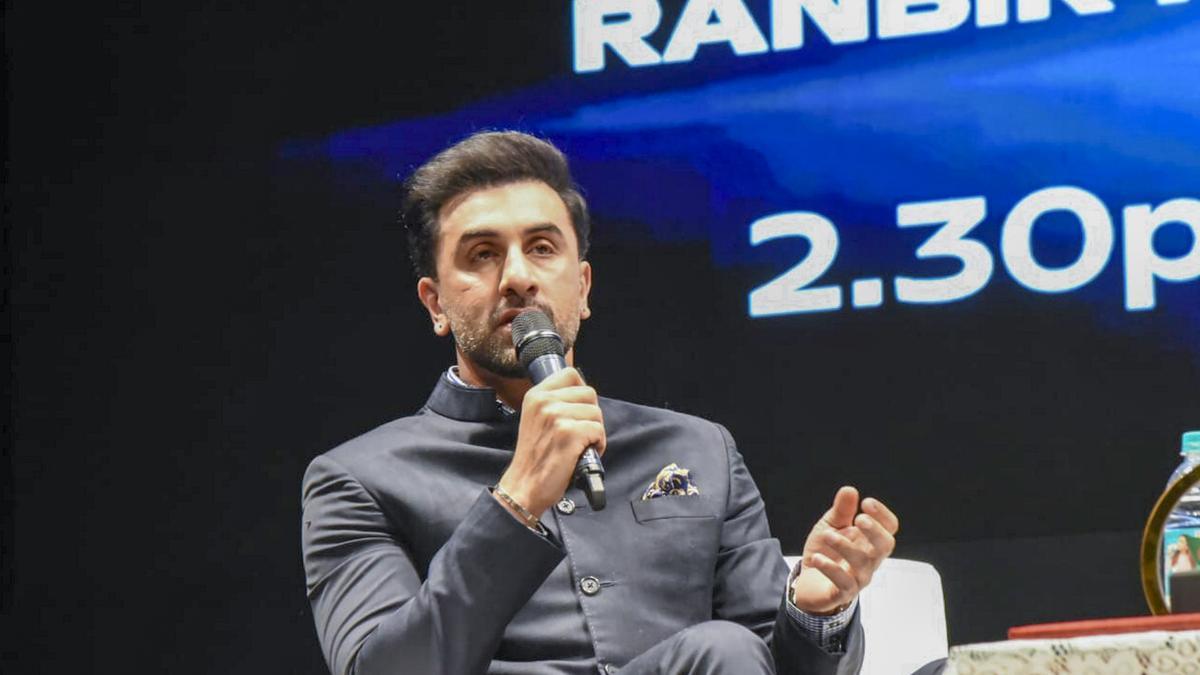
In a significant decision affecting the domestic cricket landscape in India, the Board of Control for Cricket in India (BCCI) has decided to eliminate the Impact Player rule from the Syed Mushtaq Ali T20 Trophy (SMAT). The ruling, which was confirmed through official communication to state boards, marks a strategic shift in how the upcoming domestic T20 tournament will be played.
The Impact Player rule, which allowed teams to substitute one of their playing eleven with an additional player, was intended to add a strategic layer to the game. However, it also led to widespread debates about its impact on team dynamics and player development, particularly that of all-rounders. While the BCCI has decided to discontinue this rule in SMAT, it remains in place for the Indian Premier League (IPL) for the next three seasons, showing a clear divide in how the BCCI envisions the structure of domestic versus the franchise-based competition.
The notification to abolish the rule in SMAT was met with approval from various quarters within the cricketing fraternity. Niraj Odedra, the head coach of the Saurashtra cricket team, expressed his support for the BCCI’s decision. “It is a nice change,” Odedra commented. “The ICC doesn’t have this rule in major tournaments. So, it would be beneficial for cricketers aiming to play for India as they graduate from the domestic season.” Odedra’s perspective highlights a critical aspect of player development that potentially aligns more closely with international standards set by the ICC.
Though the Impact Player rule was embraced by IPL organizers to enhance entertainment value, it has consistently been a subject of contention among players and coaches alike. Rohit Sharma, the captain of the Indian national team, has publicly criticized the rule, suggesting that it detracts from the traditional game-play structure.
. Sharma, appearing on the Club Prairie podcast, stated, “I generally feel that it is going to hold back the development of all-rounders because eventually, cricket is played by 11 players, not 12. I’m not a big fan of impact players. You are taking so much away from the game just to make it a little more entertaining for the people around.”
This critique resonates with concerns that the alteration could lead to an imbalance, particularly by marginalizing the vital role of all-rounders, who bring versatility and balance to the teams. Critics argue that the rule may encourage reliance on specialists at the expense of developing holistic cricketing skills which are essential at all levels of the sport.
Interestingly, for the IPL, the rule has generated both excitement and debate as it allowed for dynamic and high-scoring matches, which some purists argue offers an artificial element to the game that strays from its traditional roots. Despite the divergence of opinions, the IPL has opted to continue leveraging this rule for at least the next three seasons to maintain its entertainment quotient.
The Impact Player concept was initially introduced in the Syed Mushtaq Ali Trophy to test its viability before implementing it in the IPL. The move to now withdraw it from SMAT while retaining it in IPL highlights the distinct strategic objectives BCCI holds for domestic cricket versus the international showcase that is the IPL.
As the cricketing community prepares for the upcoming Syed Mushtaq Ali Trophy, set to commence on November 23 with the finals scheduled for December 15, the absence of the ruled Impact Player will be keenly observed. This decision will arguably prompt teams to return to more conventional and perhaps traditional strategies, thereby fostering an environment that prioritizes collective team effort and individual player development over tactical substitutions.
The shift away from the Impact Player rule in SMAT does more than just alter match strategy — it may redefine roles and expectations for players as they navigate the pathways between domestic competitions and the international stage. As the tournament unfolds, this change will undoubtedly spark discussions about the future course of domestic cricket in India, particularly with regard to aligning it with international standards and expectations.










